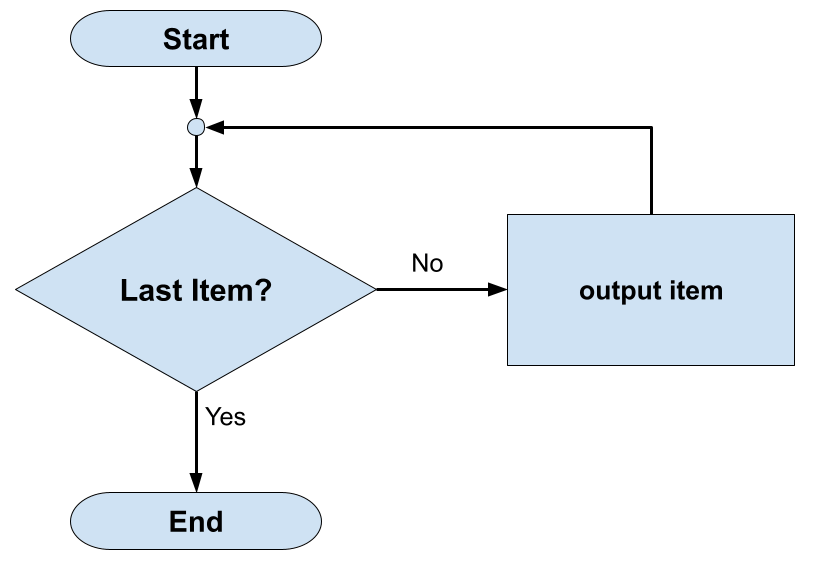Definite Iteration
Definite Iteration (for loops)
Definite iteration, also known as a definite loop, is used when you know the exact number of iterations or the range over which you want to iterate. It involves iterating a specific number of times or over a predefined range of values. A definite loop is a loop that is definitely going to end.
Definite iteration is commonly implemented using “for” loops.

Index based for loops
Index-based for loops
An index-based for loop iterates over a collection using the indices of the elements. It involves iterating over a range of indices and accessing the elements of the collection using the indices.
Here’s an example of an index-based for loop in Python:
fruits = ["apple", "banana", "cherry"] for i in range(len(fruits)): print(fruits[i])
Output:
apple banana cherry
In this example, the for loop iterates over the range of indices (0, 1, 2) of the fruits list. The loop variable i represents the index, and the elements of the list are accessed using the indices (fruits[i]).
Great for:
- When you need to know the index of the item as well as the item itself
- When you are iterating through two one-dimensional lists simultaneously and want to get items in both lists at the same index.
Object-based For loops
Object-based For loops
An object-based for loop, often referred to as a “foreach” loop, directly iterates over the elements of a collection without using indices. It simplifies the syntax and makes the code more readable by directly accessing the objects.
Here’s an example of an object-based for loop in Python:
fruits = ["apple", "banana", "cherry"] for fruit in fruits: print(fruit)
Great for:
- When you don’t need to anything fancy and just need to do something for each item in a list.